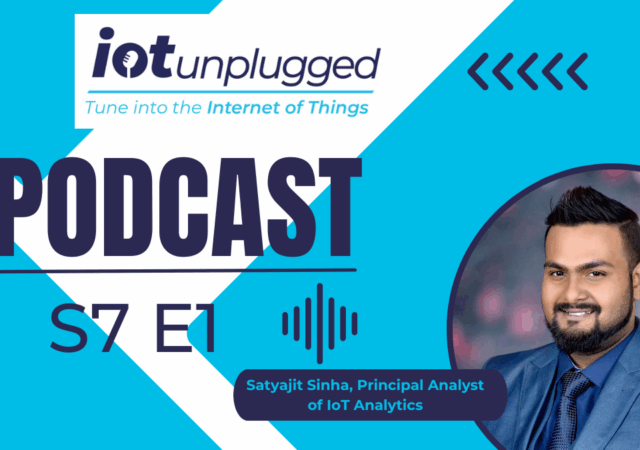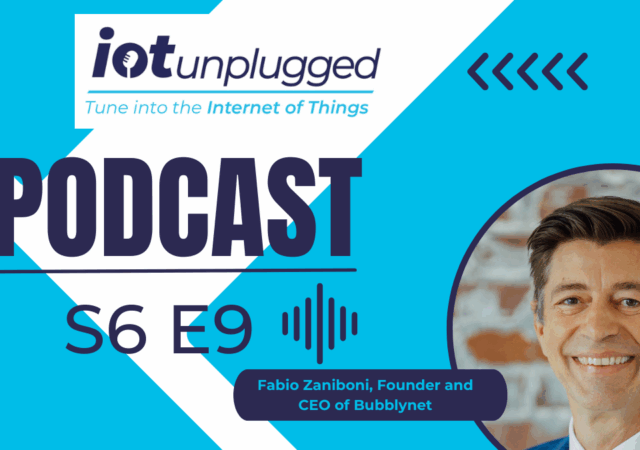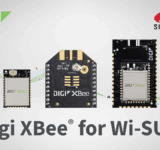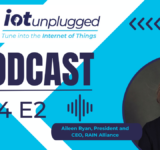Intent doesn’t always equal investment, writes Neil Eke, Chief Executive at Logicalis UK&I, and CIOs must increase adoption of Private 5G and IoT
Chief Information Officers (CIOs) across the globe are doubling down on wireless technologies and investing in Internet of Things (IoT) and Private 5G (P5G) to streamline data processing, improve accuracy and become more efficient.
Whether it’s physical site infrastructure – from factories, smart cities to transport hubs – these wireless technologies are highly capable of bolstering data collection, operational insights and safety measures.
However, recent research shows that CIOs in the UK, Ireland and the Channel Islands are behind the global average when it comes to adopting these technologies. Not from a lack of intent, but due to a trio of familiar barriers: budget, compliance and skills.
Over three-quarters of CIOs globally are investing in IoT and P5G, but in the UK, Ireland and Channel Islands, these figures drop to 68% and 49% respectively. Despite this, only 22% of CIOs in these regions see integrating next-gen technologies as a priority in 2025 – even though budget is already set aside: 68% for IoT and 54% for P5G.
These technologies are clearly on the radar, but ‘intent’ isn’t the same as adoption.
Boosting IoT adoption for real-time insight
74% of UK, Ireland and Channel Island CIOs have specific next-gen investments earmarked for IoT initiatives in 2025, further demonstrating the intent to innovate from the top down. In terms of the target outcomes for this investment, cost savings (41%), increased efficiencies (40%) and future proofing (35%) were the most frequently identified as driving forces.
IoT systems allow businesses to capture, monitor and act on real-time data across a growing number of endpoints, enabling everything from automation to predictive maintenance. As remote devices on the Edge continue to diversify at speed, keeping track of the data being processed and keeping it secure is vital.
Those CIOs who operate in highly regulated industries such as financial services, energy and utilities, can often be overwhelmed with the amount of compliance and data legislation they need to meet. This, coupled with a common fear of falling short of ROI, can cause hesitation to invest in these technologies.
It’s not a question of either IoT or P5G, but how the two work together to deliver smarter, more secure operations. If CIOs treat IoT and P5G deployment like any transformation initiative, i.e. define measurable use cases, align the goals with the objectives of the business and build in governance from day one, they can reduce the perceived risk and focus on delivering results.
Unleashing the power of P5G and secure automation
P5G is fast becoming the backbone of advanced IoT deployments, delivering ultra-low latency, high-speed data transfer and rock-solid network control that standard connectivity solutions can’t match.
P5G improves control and operational insights when managing huge amounts of data sent across large industrial environments. It provides more robust information encryption, authentication and authorisation, which organisations can use to unlock automation at scale, power next-gen industry applications and streamline operations for a faster ROI.
The future is encouraging with 59% of UK, Ireland and Channel Island CIOs planning to invest in P5G in 2025. Cost savings and increased efficiencies are the top two outcomes expected (both cited by 41%), followed by increased security (37%). This makes sense as P5G can eliminate the performance risks of patchy connectivity, enabling real-time, data-rich applications that keep operations running at peak precision.
By investing in P5G, CIOs can ensure that data-driven operations and decision-making are kept connected and minimise the risks of network downtime and traffic drops. The ultra-low latency and capacity for streaming of high levels of data make P5G ideal for customised, real-time applications.
A good partnership delivers ROI, not just robust infrastructure
As the adoption of IoT and P5G continues to grow, CIOs and their organisations are sure to benefit in the long term; however, without clear objectives and a phased approach, the adoption of these technologies can be at risk from the start.
The key is clear alignment with the business goals. By aligning the possible market advantages these digital capabilities can deliver with the company strategy, CIOs in the UK, Ireland and the Channel Islands can overcome any adoption barriers.
The ace in the hole is a trusted managed services partner. Any concerns over implementation or ROI can be alleviated by having hands-on expertise that closes any internal skills gaps and delivers a roadmap that matches the strategic objectives of the business.
Securing a long-term MSP partnership also helps reduce financial exposure, replacing any upfront capital expenditure with a subscription-based model that scales with the requirements of the business.
CIOs in the UK, Ireland and Channel Islands have a clear opportunity to close the gap on wireless adoption, but it starts with focused objectives and the right implementation partner. With the right approach, IoT and P5G can be powerful accelerators of digital transformation, not long-term headaches.

Neil Eke brings over 20 years of experience within the IT industry. As CEO for UK&I, Neil is responsible for shaping the strategic direction and overseeing the operational activities of Logicalis UK&I.
There’s plenty of other editorial on our sister site, Electronic Specifier! Or you can always join in the conversation by visiting our LinkedIn page.










